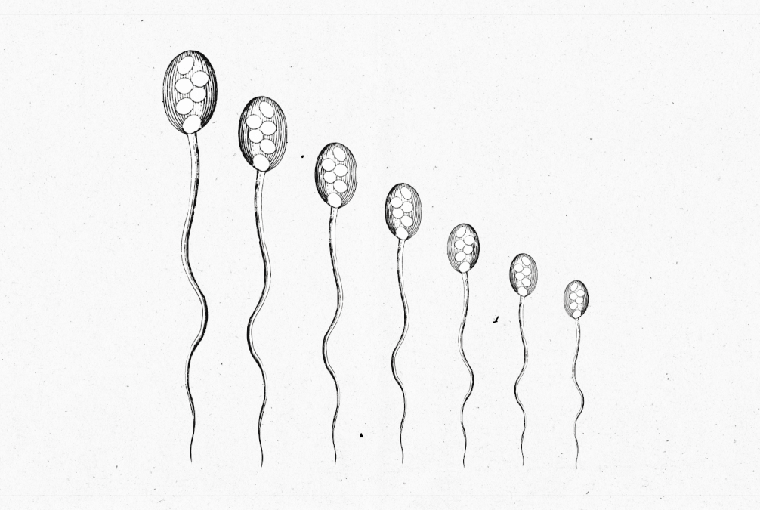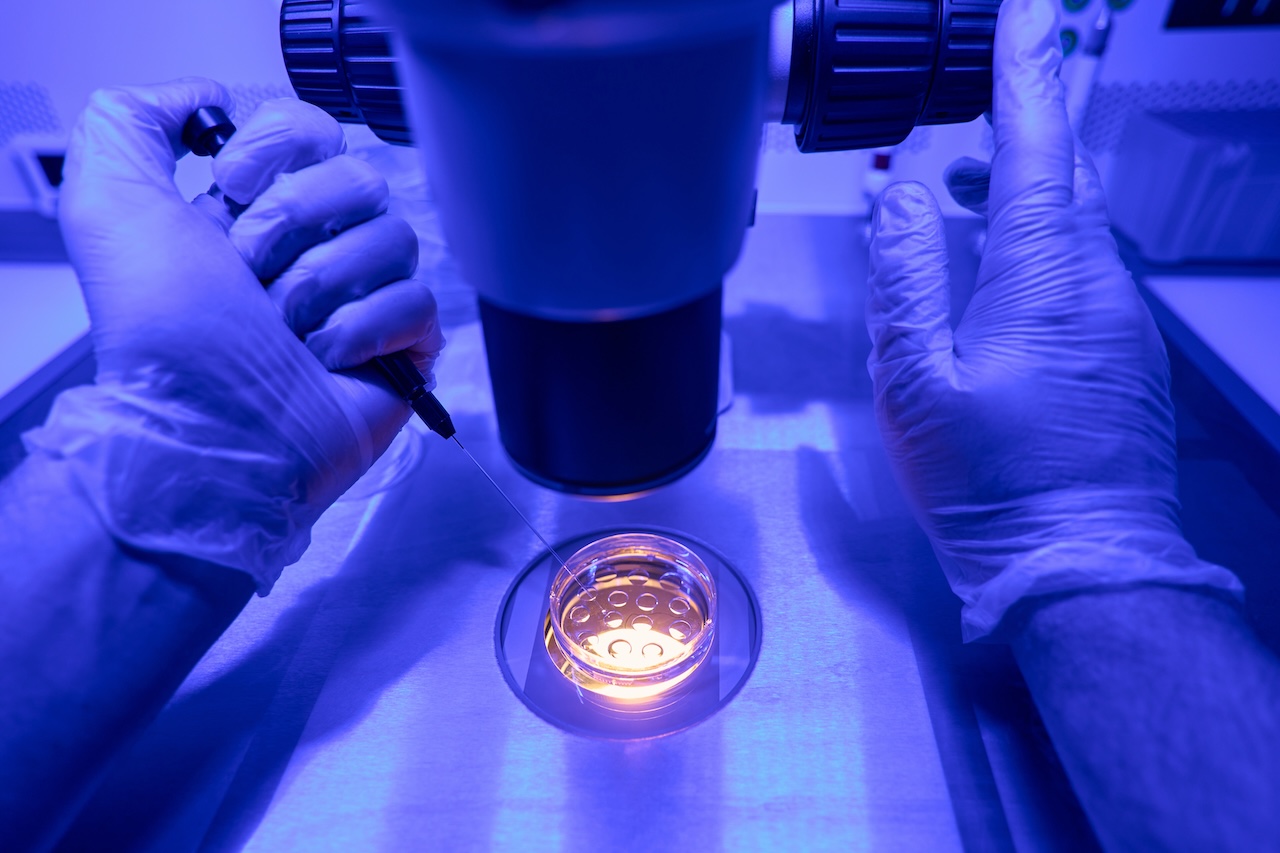Sperm testing is more complex than simply placing a sample into a machine and reading the results. But what exactly is considered normal, and how should you interpret the findings?
Understanding Semen Analysis
A semen analysis is conducted by an andrologist, who manually prepares the sample, counts, and assesses the sperm under a microscope. This manual evaluation plays a crucial role in interpreting the results. But first, what does “normal” really mean?
Normal vs. Typical
Defining “normal” in semen analysis has evolved over time. The World Health Organization (WHO) provides guidelines on how sperm should be analyzed and establishes reference values for various semen parameters. Before 2010, these thresholds were based on arbitrary expert consensus. However, the current reference ranges stem from a study of 4,500 men whose partners conceived within a year of trying.1 The WHO defined “normal” as results consistent with the top 95% of these men.
Given this methodology, the term “normal” can be misleading. Since 5% of men with lower results still achieved pregnancy within a year, a more accurate way to interpret results is by comparing them to those of highly fertile men.
WHO provides reference ranges for multiple parameters, but the three most significant in practice are sperm count, motility, and morphology.
Key Parameters of Semen Analysis
Sperm Count
A sperm count of over 15 million per milliliter of ejaculate is typical for highly fertile men.
Motility
Not all sperm are alive and moving. In fact, only 30% need to be actively swimming forward for the sample to be considered typical.
Each ejaculate should contain more than 20 million motile sperm. This is known as the total motile sperm concentration.
Morphology
Most sperm are abnormal in some way—some have oversized heads, multiple tails, or are even fused together. According to WHO guidelines, only 4% or more need to have a normal shape for a sample to be considered typical.
If your results meet these criteria, your sperm sample is typical of that of a highly fertile man. But what if they don’t?
Factors Affecting Semen Analysis Results
Single Test Limitations
A semen analysis provides a snapshot of sperm health at a particular moment. Sperm production is continuous, and temporary factors—such as illness—can influence results. A longer period of abstinence may lead to more misshapen sperm, while frequent ejaculation can lower sperm count and semen volume.
Laboratory Variations
Since semen analysis relies on human observation, significant variability exists between laboratories, even with strict quality control measures.
The Challenge of Morphology
Low morphology scores often concern patients, but this parameter is the most controversial and difficult to assess. Andrologists examine just 200 sperm to determine the percentage that appears normal—an estimate that may not fully represent millions of sperm in the sample. Even a minor variation in the count can change the morphology percentage significantly.
The Importance of Repeat Testing
A single atypical result isn’t conclusive. If results are concerning, the analysis should be repeated after at least six weeks to assess sperm from a different stage of the production cycle.
What Semen Analysis Doesn’t Reveal
While semen analysis is useful in assessing fertility, it provides limited insight into sperm function. Of the millions of sperm in one ejaculate, only about 100 will reach the egg. Additional tests, such as DNA fragmentation, cervical mucus penetration, and reactive oxygen species assessment, are available. However, none of these tests have been proven to significantly guide fertility treatments.
Conclusion
Semen analysis is a valuable tool for assessing male fertility, but results should be interpreted with context. Since sperm quality fluctuates and laboratory methods vary, a single test isn’t definitive. Understanding how sperm count, motility, and morphology interact can provide a clearer picture of fertility potential, but further testing and clinical evaluation may be necessary for a comprehensive assessment.



